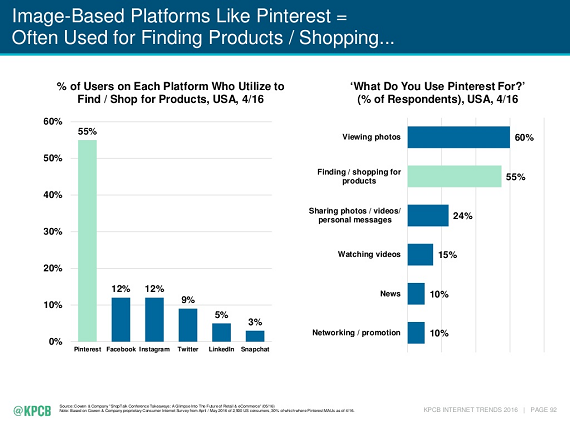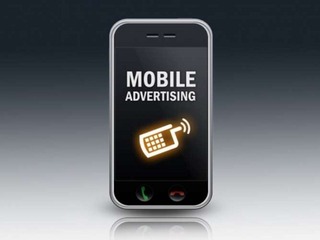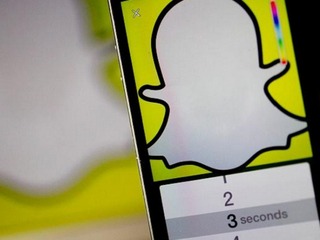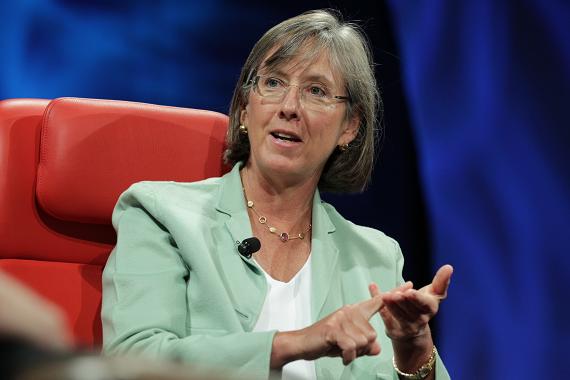

Mary Meeker’s Internet Trends report is one of the most anticipated of the year, as it has been spot-on in the past about the way tech is heading.
The latest report, put out on Wednesday, partly deals with social media and the way platforms are using videos and images to engage users.
We’ve covered before how Snapchat has overtaken Facebook in terms of video views. In April the company reached 10 billion video views a day. The company grew the number by 25 percent in one month, up from 8 million at the beginning of March.
Facebook, by contrast, sees 8 billion a day, as of November of last year. To be fair, the company has not updated the metric from the third quarter of 2015.
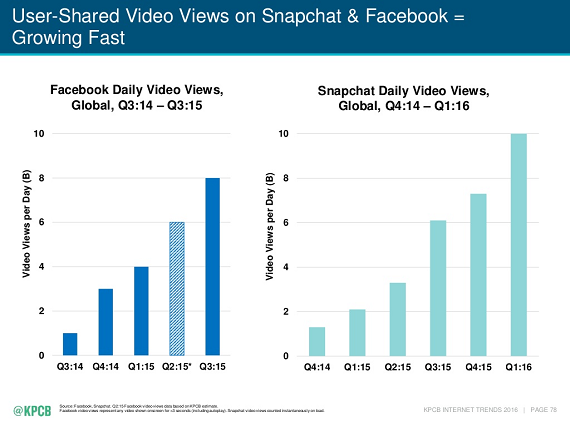

When Facebook’s flagship app, WhatsApp, Messenger and, most importantly, Instagram, are combined, the company scoops up 2,000 images that shared every day. Snapchat, on the other hand, sees 1,250a day.
Facebook has 61.5 percent of all images sent between its properties and Snapchat’s put together. The number shared by the twohas grown by 62.5 percent year-to-year.
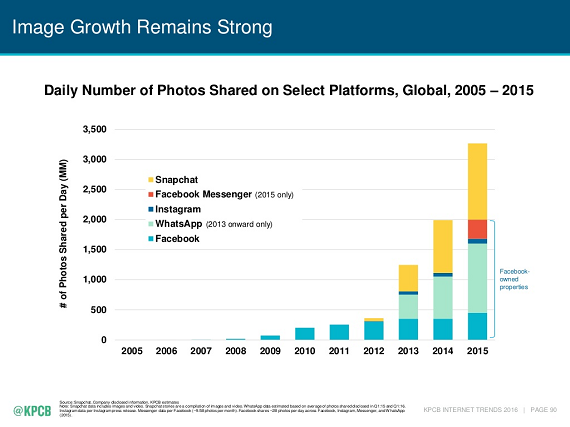

One thing to note, though, is that Facebook is the only platform to actually lose time between November of 2014 and June of 2015, going down by a minute. Snapchat, meanwhile, rose by eight minutes, and Twitter rose by four.
The biggest gainer of all was OfferUp, which nearly doubled its engagement, going from 13 minutes to 25 minutes.
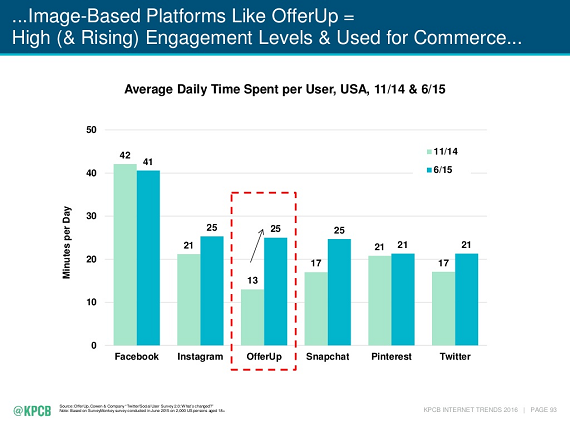

2015 was also the year that the networks learned they are good for selling people stuff, and while Facebook still comes out strong in this category, nothing can top Pinterest.
While 12 percent of users and Facebook use the network to shop and buy things, more than the nine percent on Twitter, the five percent on LinkedIn, and the three percent on Snapchat that number jumps to an astounding 55 percent on Pinterest.
Many social networks are now experiementing with buy buttons, a trend started in 2014, actually, with the launch on both Twitter and Facebook, but both Facebook and Pinterest took that baton and ran with it in 2015.
In June, Facebook partnered up with Shopify to allow its merchants to advertise and sell their products and then, in October, it launched a dedicated shopping feed, creating a single place where users can more easily discover, share and purchase products.
Pinterest, meanwhile, announced that it was launching the Pinterest Shop, which will feature collections from different brands, including big stores like Bloomingdale’s and Nordstrom, as well as small boutiques like The Citizenry and Heist.
What’s most interesting is that these will be curated collections, ones that will hand-picked by employees at Pinterest. It gives a human element that would not have been there if they were picked by an algorithm.
Social networks have always relied on ads, and now they are going that extra step to actually being the commerce facilitator.
